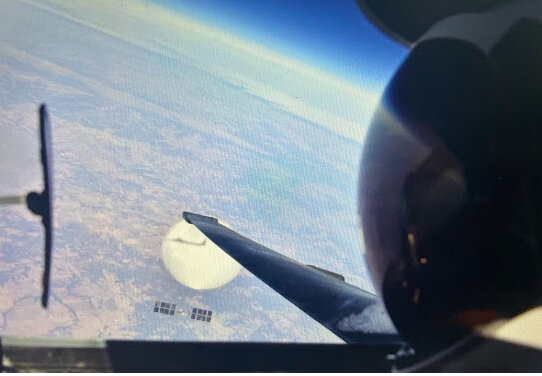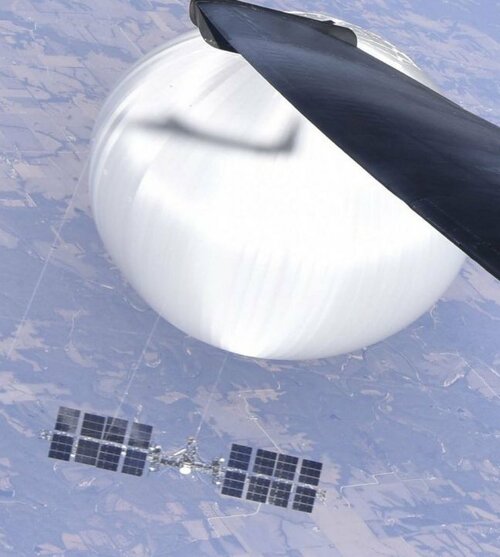- Otto II fuel is US Navy torpedo monopropellant.
..and used by Aerojet in a mod'd AQM-37 in the early '80's !:
A84-17862#
SYNTHESIS AND PERFORMANCE OF AN
AIR-TURBORAMJET-PROPELLED SUPERSONIC TARGET
VEHICLE
(AIAA PAPER 84-0075)
A modified version of the AQM-37 target vehicle was used in
this study in expectation that integrating an Air-TurboRamjet (ATR)
propulsion subsystem would provide safety and performance
benefits relative to the existing AQM-37A target. The ATR
propulsion subsystem allows utilization of relatively benign fuel
(OTTO II) in place of the inhibited red fuming nitric acid/mixed
amine fuel NO. 4 (IRFNA/MAF no. 4) bipropellant combination
used in the current version of the AQM-37. Otto II provides more
than twice the currently delivered specific impulse. Performance
evaluations of the ATR-propelled target vehicle designs show
capability for sustained low-altitude flight at Mach 1.5 and a
powered flight range of more than 200 NM cruising at Mach 3.0,
80,000 ft. altitude when launched at Mach 1.5. 50,000 ft. altitude.
























